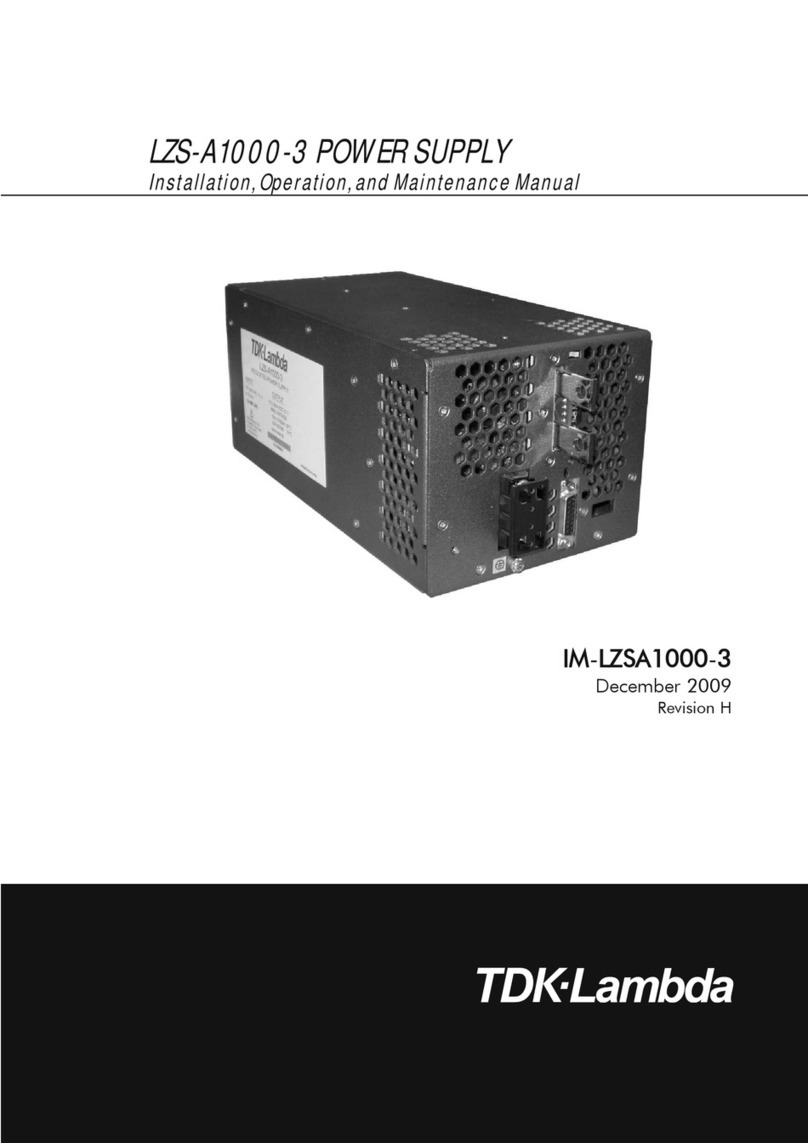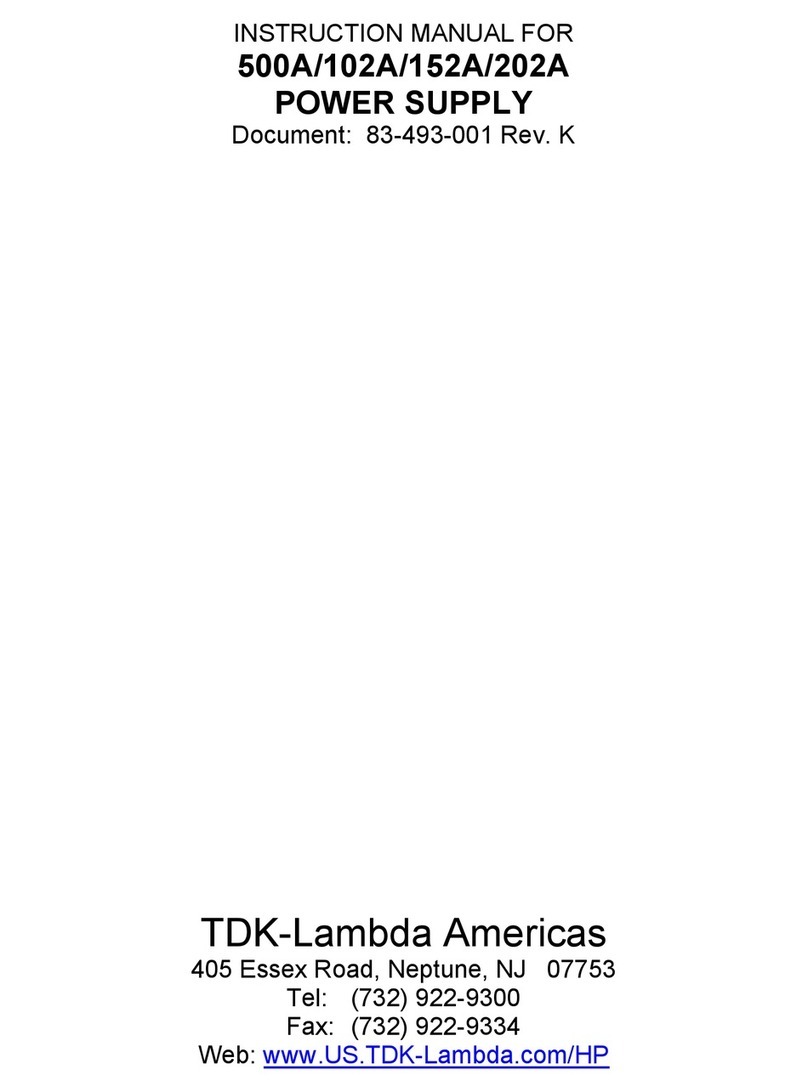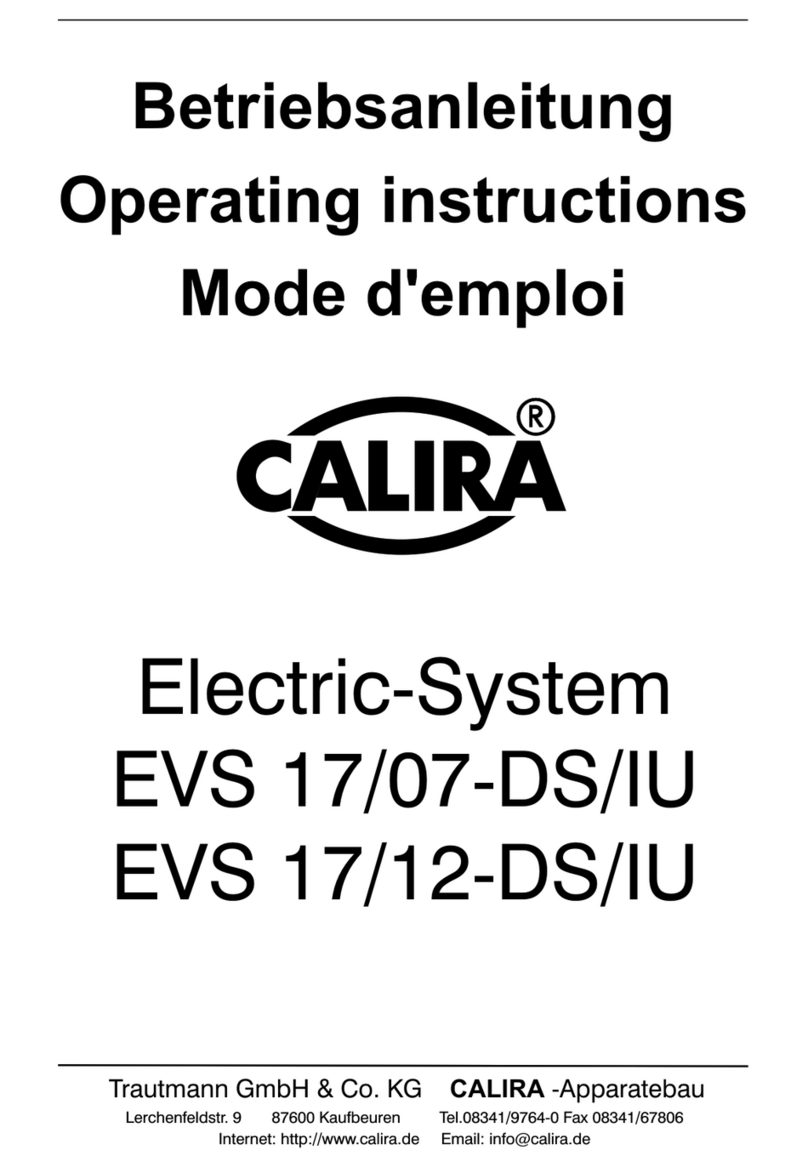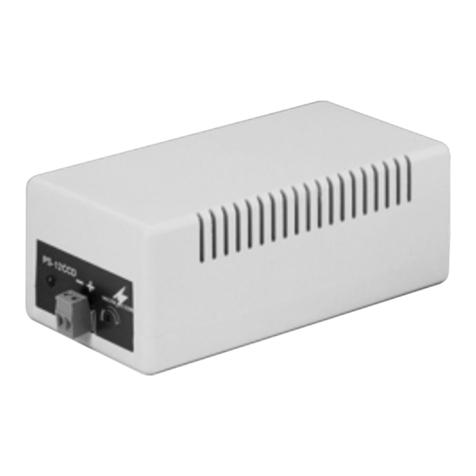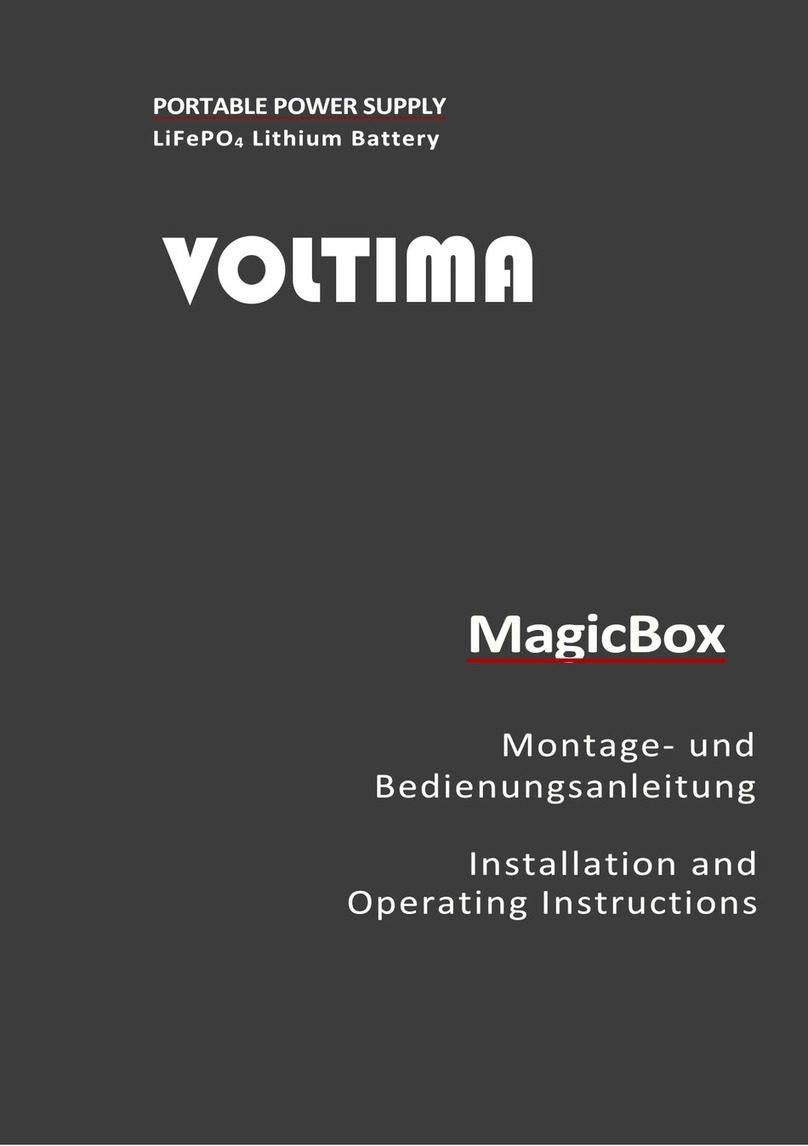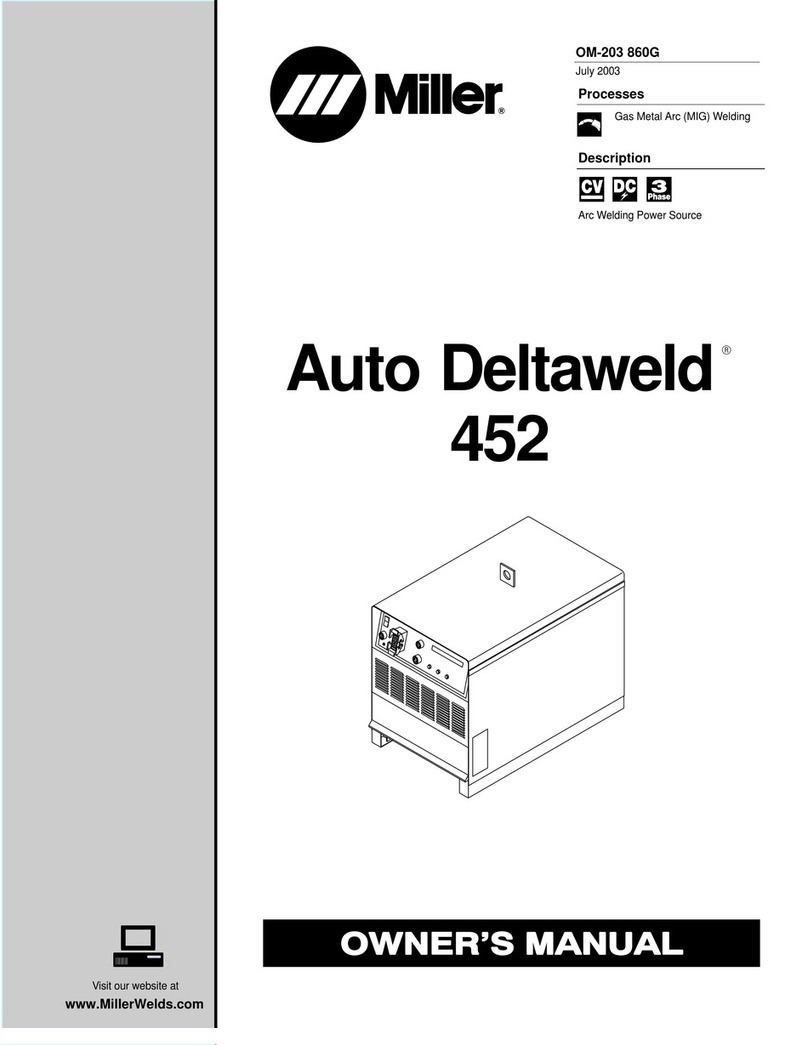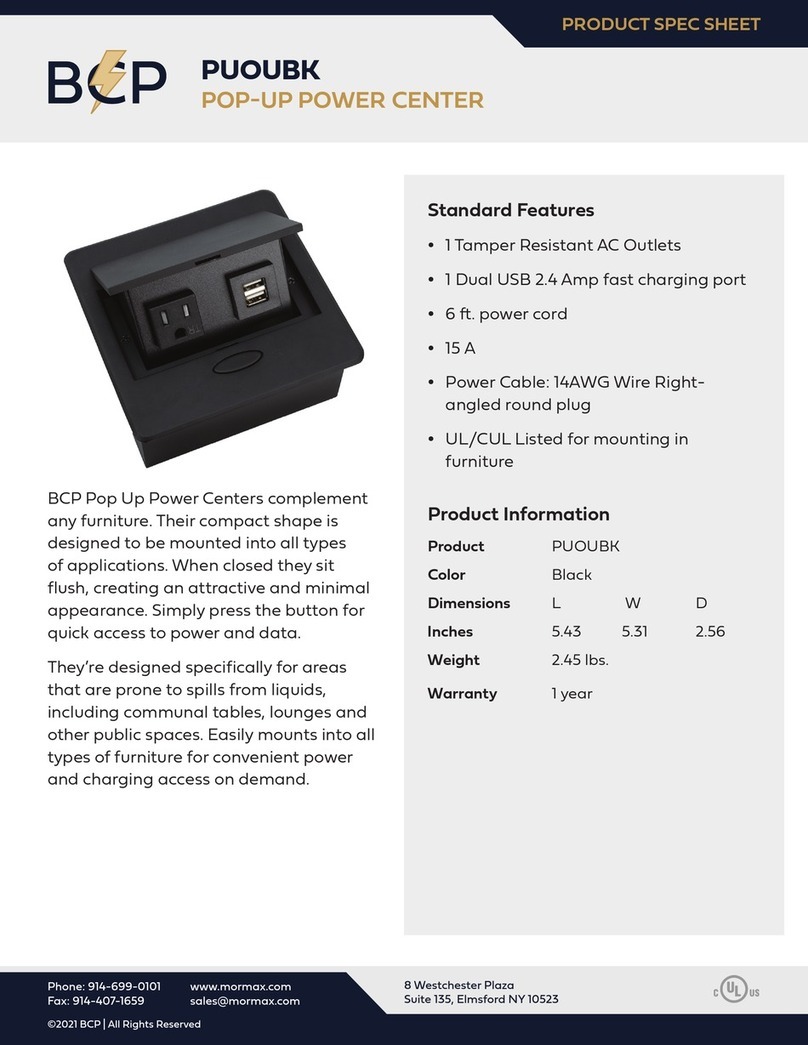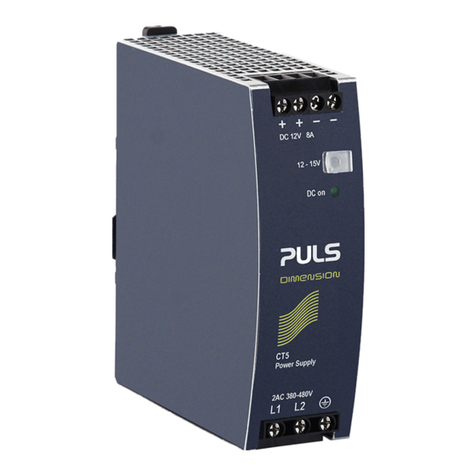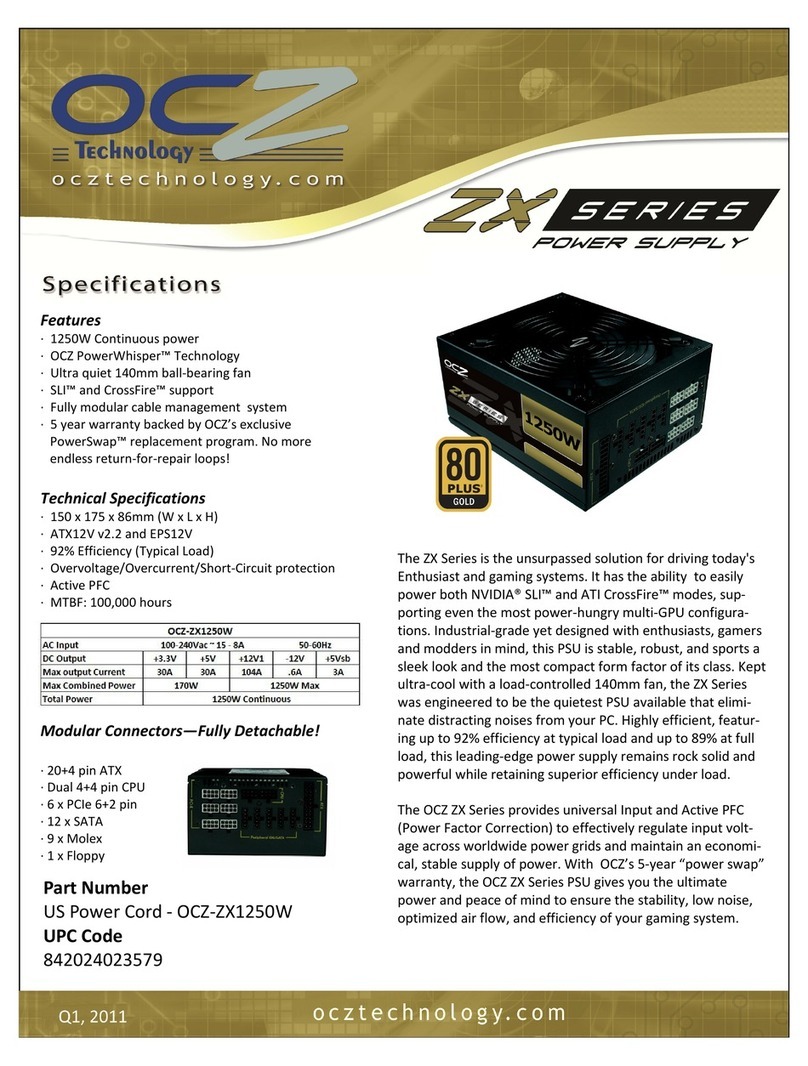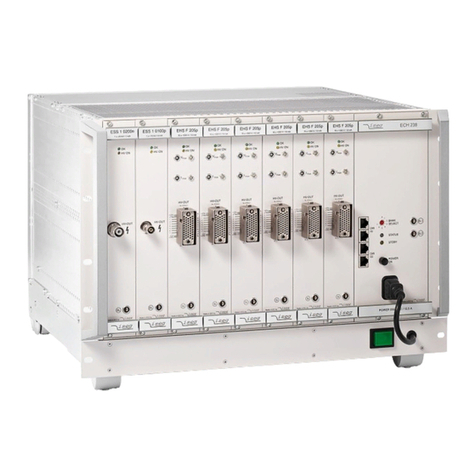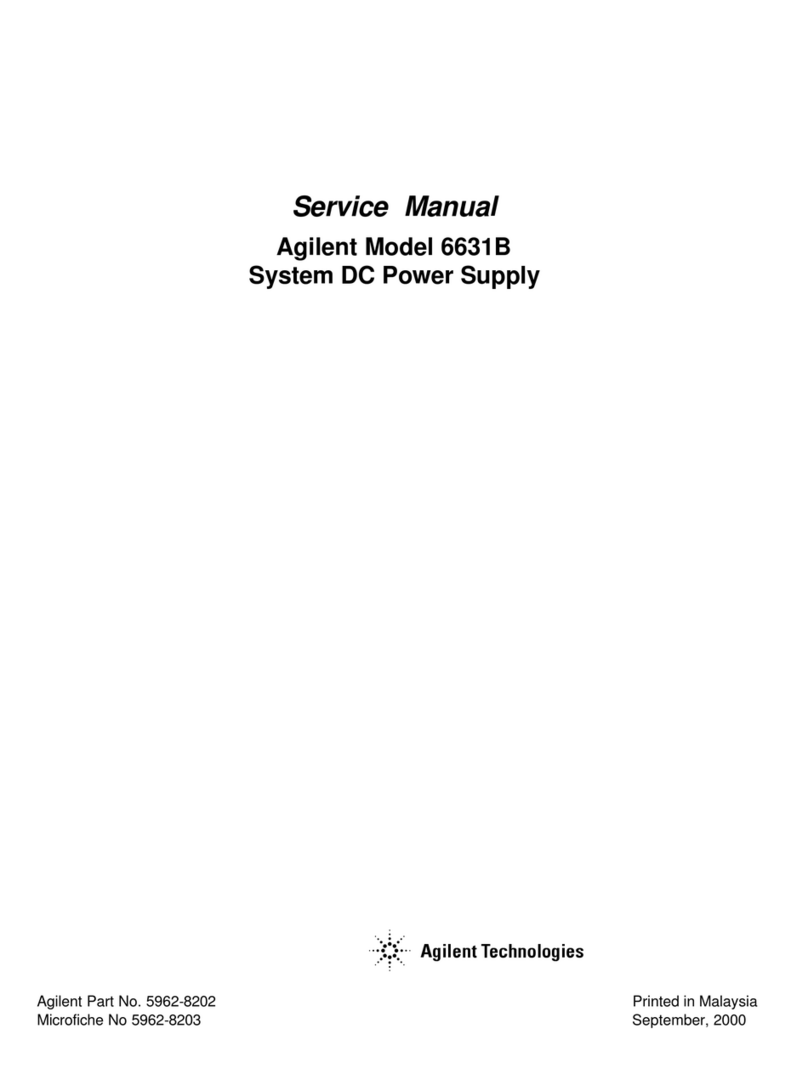
METRO POWERPOD™ SYSTEM — INSTRUCTIONS FOR USE
INSTRUCTIONS FOR USE
The Metro PowerPod™ System is designed to provide AC voltage output power from either utility provided AC input voltage or
from inverting DC power from a battery. It may be congured for either a Lithium Iron Phosphate (Li-Ion) battery or a sealed
lead acid (SLA) battery (SLA availability varies by cart product line.) To ensure proper operation, the following guidelines
should be observed:
General:
1. The power module can support continuous AC loads up to a maximum of 150 VA or 150 W.
2. The power module input is rated 100 VAC to 240 VAC, 5.4 - 2.1 A, 50 Hz / 60 Hz (operating range from 90 VAC to
265 VAC and from 45 Hz to 66 Hz).
3. The power module output voltage is fixed at 120 VAC +/-5% at 60 Hz +/-0.3 Hz.
4. The power module is connected to the remote user interface module using a straight-through, six wire telephone type
cable equipped with RJ-12 style connectors. The remote user interface module includes an audible alarm to indicate a
low state of charge of the battery. The loudness of the audible alarm may be adjusted to loud, soft, or silent by setting
the Alarm DIP switches on the power module. The power module is shipped with the switches set to soft mode.
5. The power module has internal over temperature protection. If the internal temperature exceeds the over temperature
protection threshold, the power module will shut down (no VAC output and no charging). If the temperature drops be-
low the threshold, charging will resume but the VAC output will remain off until the ON switch on the remote user inter-
face module is pressed.
6. The power module has a charging fold back feature to prevent over temperature conditions. If the internal temperature
of the power module becomes higher than normal while charging at 20 A, it will fold back the maximum charging cur-
rent to 9.9 A, until such time as the power module cools to normal operating temperature.
7. When using a Li-Ion battery, a communication cable is required from the power module BATT connector to the bat-
tery communication connector. This allows the battery to communicate its operating parameters to the power module,
including state of charge and over temperature conditions (the power module will interrupt current flow into or out of a
battery if a battery reports an internal temperature alarm).
8. When using a SLA battery, a communication cable is not required. An optional temperature sensor is provided and is
connected from the BATT connector to the negative terminal of the battery to provide added fault protection. The sen-
sor will allow the power module to interrupt current into or out of a battery if a temperature is sensed that exceeds the
over temperature threshold or if the sensor becomes disconnected. The sensor must be enabled by setting the Therm-
istor DIP switch to ON (set at factory).
Battery:
1. When changing battery type, power off the power module first, and then the battery selector DIP switch can be set to
SLA or LI-ION.
2. A Li-Ion battery provides its % capacity level to the power module through the battery communication cable. The power
module will calculate the % capacity of a SLA battery by measuring battery voltage and current.
3. The power module includes a low voltage cutoff (LVC) function that will remove any load on the battery when the battery
is depleted to zero % reported capacity (Li-Ion) or 10.5 V (SLA).
4. Following the initial battery installation or a battery replacement, the power module should be allowed to charge the bat-
tery to full capacity before starting a discharge cycle of the battery. When a Li-Ion battery is first connected to a power
module, there may be a delay of up to 60 seconds before full charging current is delivered to the battery.
5. If a Li-Ion battery has a voltage less than 10.8 V – 11.5 V, then the charger will start in recovery mode with a 1 A charg-
ing current. If the battery voltage recovers above the threshold within a timeout period, then full charging
current will be resumed. If not, the battery will be considered defective and the charger will shut down, but 120 VAC
output will still be provided.
6. If a SLA battery voltage has a voltage less than 9.6 V, then the charger will start in recovery mode with a 1 A charging
current. If the battery voltage recovers above the threshold in less than 120 minutes, then full charging current will be
resumed. If not, the battery will be considered defective and the charger will shut down, but 120 VAC output will still be
provided.
Installation:
1. Caution: To assure optimum performance and battery life, set the battery selector DIP switch to the proper battery type
before connecting the battery.
2. Caution: To prevent over temperature issues for the battery, the wiring, or the power module, the DC power cable to the
4
www.metro.com
L01-622
REV 06/19


